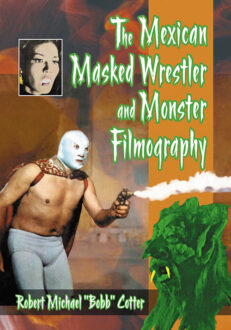Deconstructing Bret Easton Ellis
A Derridean Reading of the Fiction
Original price was: $49.95.$24.99Current price is: $24.99.
In stock
About the Book
Riddled with intertextual references and notorious for their explicit portrayal of sex, drugs, and the occasional rock ’n’ roll, the novels of Bret Easton Ellis reveal many layers. The novels are often accused of not making sense—but they instead make many senses. Their semantic complexity is obvious when put under a theoretical lens as provided by Jacques Derrida. His semiotic analysis, which focuses on the instability of meaning and is shaped by key terms such as différance, the trace, and the supplement, offers the ideal framework to look behind Ellis’s obsession with surfaces. Aimed at aficionados of Ellis’s works as well as students of contemporary American fiction and literary theory, this book discusses the central issues in Ellis’s novels through 2019 and offers a new perspective for the practical use of Derrida’s ideas. In order to ensure accessibility, a theoretical chapter introduces all the concepts necessary to understand a Derridean analysis of Ellis’s fiction. As Rip says in Imperial Bedrooms: “It means so many things, Clay.”
About the Author(s)
Bibliographic Details
Annette Schimmelpfennig
Format: softcover (6 x 9)
Pages: 228
Bibliographic Info: glossary, bibliography, index
Copyright Date: 2021
pISBN: 978-1-4766-8130-6
eISBN: 978-1-4766-4363-2
Imprint: McFarland
Table of Contents
Introduction: (Dis)Appear Here 1
1. Derrida, Ellis and the (De)Construction of Literary Fiction 9
2. Style 16
3. Reading Bret Easton Ellis: Same but with Différance 53
4. Pattern Recognition: Common Themes and Recurring Motifs in Ellis’s Fiction 178
5. “It all comes down to this”: Conclusion 200
Glossary 207
Chapter Notes 209
Bibliography 213
Index 219






